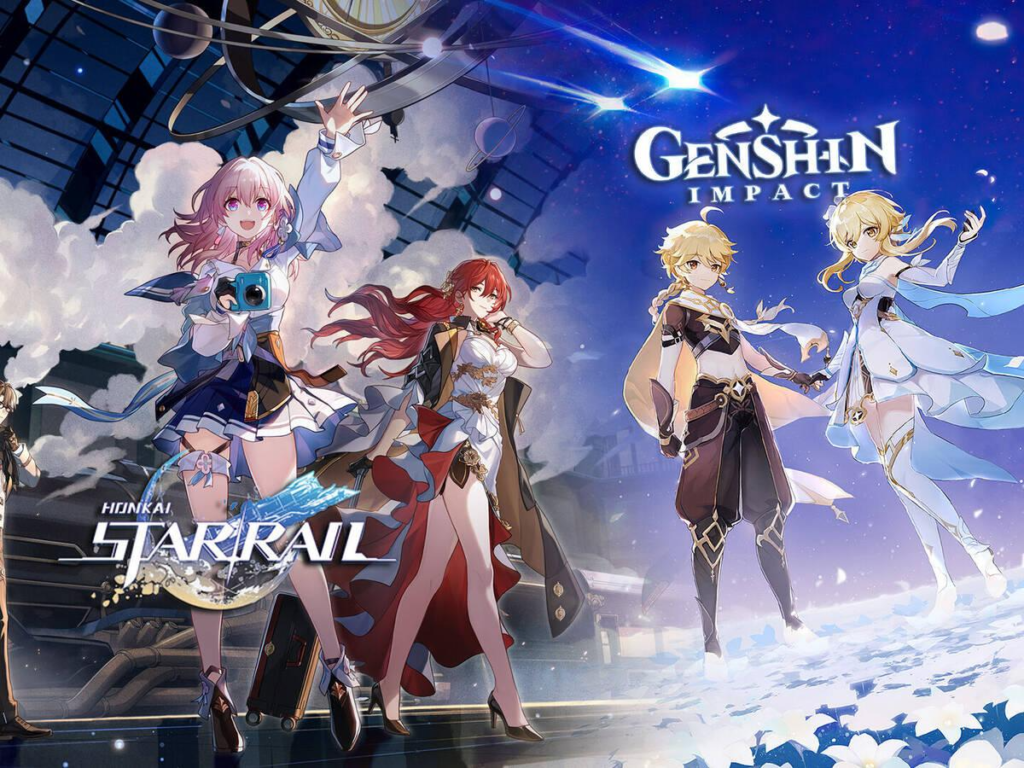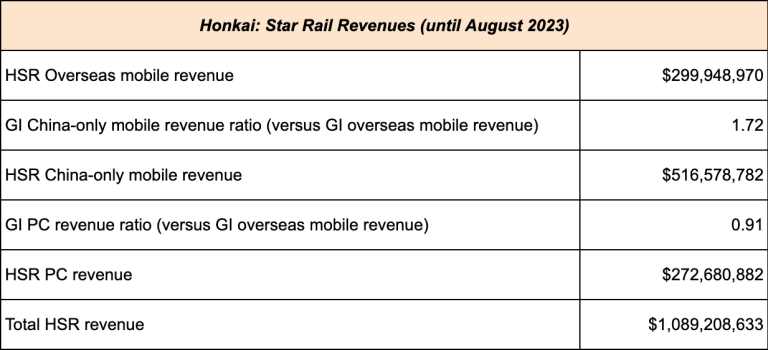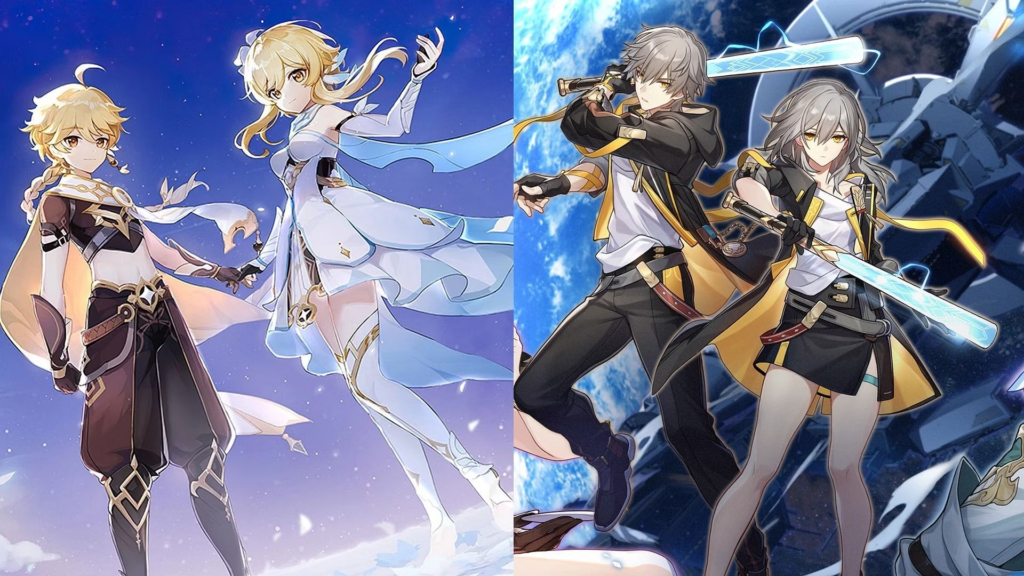
Honkai Star Rail (HSR) has emerged as a true powerhouse in the fast-paced world of portable gaming, where titles rise and fall with the blink of an eye. Developed by the Chinese gaming giant miHoYo, this game has recently achieved a remarkable milestone by generating a staggering $1 billion in revenue in less than six months, according to independent gaming research firm Naavik. While this achievement is undoubtedly impressive, it raises questions about the impact of HSR’s success on its sibling title, Genshin Impact.

HSR’s ascent to the billion-dollar club was nothing short of spectacular. However, what makes this story even more intriguing is that this success seems to have come at the expense of Genshin Impact. The gaming community has witnessed miHoYo’s concerted efforts to promote HSR to Genshin Impact’s existing player base, along with collaborations with Genshin Impact influencers who switched their focus to HSR. While it’s a sensible strategy to leverage an existing player base, it’s important to remember that both HSR and Genshin Impact demand substantial time and financial investments from players.
It’s no secret that HSR’s success has coincided with a noticeable dip in Genshin Impact’s sales. The concept of competing with one’s own intellectual property might seem like a peculiar problem to have, but it underscores the undeniable fact that HSR’s triumph cannot be underestimated. It’s the dream scenario for any game developer—to have two consecutive worldwide hits.
David Jiang, the Producer of Honkai: Star Rail, has revealed ambitious plans for the game’s future, stating that HSR is slated for live operations for at least another six years. This long-term commitment indicates that miHoYo sees great potential in HSR and is dedicated to sustaining its success.
Naavik’s writers have theorized about some of the reasons behind Genshin Impact’s relative weakness in the face of HSR’s rise. They point to Star Rail’s gacha system being overly generous in the early stages of the game, a lack of engaging endgame content, and middling live operations engagement. Additionally, they highlight that there was relatively little monetization testing before the global launch.
To secure HSR’s longevity in the gaming industry, miHoYo must prioritize adding substantial and engaging content to the game, and do so promptly. The upcoming PS5 version of the game is expected to expand the player base, although it may not match the scale of the PC and mobile player base. Nonetheless, this diversification can only bode well for HSR’s enduring success.
Other gaming companies entering the free-to-play space should take note of miHoYo’s journey with HSR. This serves as a valuable case study in leveraging an existing player base while carefully considering the impact on other titles within the same gaming ecosystem. Adaptability and innovation are critical in a rapidly evolving industry, and miHoYo’s success story with Honkai Star Rail is a testament to the company’s mastery of these principles. As we look to the future of gaming, one thing is clear. The story of HSR and its impact on the gaming world is far from over.
This Friday, miHoyo will be hosting a live-stream event to announce the next update for the HSR. Check out the recent Tokyo Game Show 2023 trailer below:
